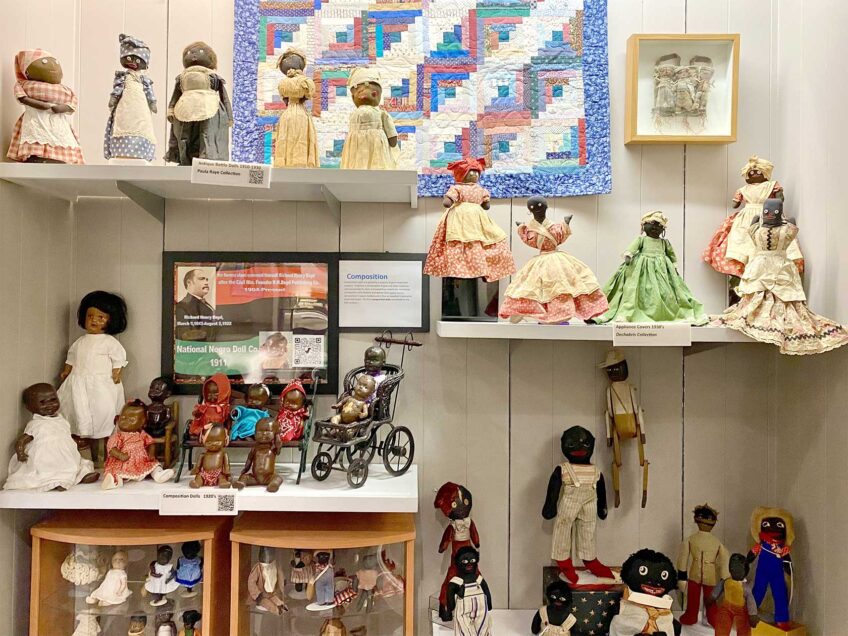White playwright Bruce Norris has returned to 1959 Chicago and looks at the state of race and housing 50 years later in his 2010 New York hit, “Clybourne Park.”
Set in a middle class Chicago neighborhood, “Clybourne Park” opens in 1959 with white couple Bev and Russ packing in their living room. They’ve agreed to sell their home to an unnamed black couple.
Norris’ play has echoes of Lorraine Hansberry’s 1959 acclaimed “Raisin in the Sun. As in that earlier play, a bigoted white “friend” tries to convince Bev and Russ not to sell their home to a black couple. An ineffectual minister resorts to hollow pronouncements and prayer as tensions mount.
By the time Russ kicks Karl – and his largely clueless deaf and pregnant wife Betsy – out of his house, Francine the black maid and her husband Albert have been subjected to Karl’s bigotry.
In this first act, set in 1959, Norris effectively develops Russ’s unrest into a crescendo of righteous indignation by the time the act ends. A crucial part of his rage involves the back story of Russ and Bev’s Korean War veteran son Kenneth, who committed suicide upstairs in their home after years of guilt about the civilians he killed during the war.
By curtain time, Russ has fully vented about the neighborhood’s lack of empathy with and real caring for them as mourning parents.
[[include:AdsZone26001]
Act two proves equally provocative though less emotionally charged. Set in 2009, the scenario is reversed. Now a white couple is purchasing the same home while black neighbors feel threatened by gentrification. What follows is both a reasoned discussion and heated argument about about neighborhood preservation and ethnicity.
Norris creates parallels between the first and second acts. Black Lena reminisces about climbing the house’s myrtle tree, which her great aunt bought. In 2009, the white buyer Lindsey does not share her relative Karl’s bigotry.
A letter written by Russ and Bev’s son -previously unread and buried – resurfaces, but its revelations do not produce the climactic power reached at the end of act one.
Still, “Clybourne Park” not only targets the big questions of bigotry, apathy and hypocrisy, but also the more nuanced issues like political correctness and the competing notions of historical and cultural identity of home and neighborhood.
The cast is first-rate. Besides Frank Wood’s towering performance as Russ in the first act, there are sharp turns by Crystal A. Dickinson in the dual roles Francine/Lena, and Damon Gupton as Albert and Lena’s husband Kevin.
The ensemble of six actors smoothly switches to their very different roles in the second act, with Brendan Griffin as a standout in three roles – Jim, Tom and Kenneth.
A brief final coda has 1959 Bev saying “I really believe things are about to change for the better.”
Current conditions may seem at odds with her prediction, but “Clybourne Park” makes a timely contribution to such change.
“Clybourne Park,” Walter Kerr Theatre, New York, through September 2. 212-239-6200.
Next year, “Clybourne Park,” is scheduled to appear at the SpeakEasy Stage Company, Calderwood Pavilion, Boston Center for the Arts, March 1-30, 2013. 617-933-8600 or bostontheatrescene.com.


![Banner [Virtual] Art Gallery](https://baystatebanner.com/wp-content/uploads/2024/04/Cagen-Luse_Men-at-store-e1713991226112-150x150.jpg)

![Banner [Virtual] Art Gallery](https://baystatebanner.com/wp-content/uploads/2024/04/Cagen-Luse_Men-at-store-e1713991226112-848x569.jpg)

